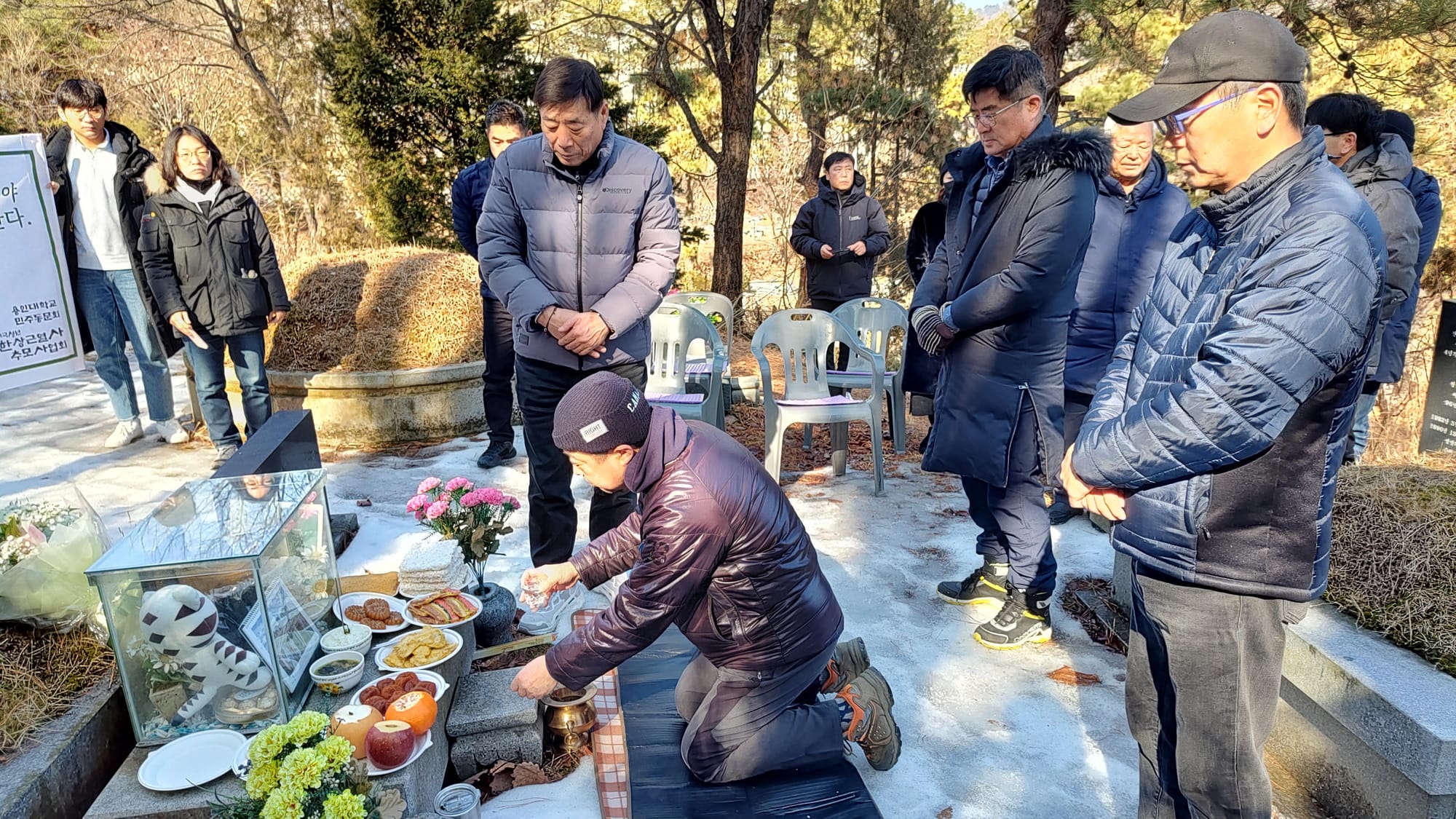Names of martyrs/ Portrait faces

Today: Tommy Craggs, late of "Game Theory" on HBO, and writer and editor at Mother Jones, HuffPost, Slate, Gawker Media, and Deadspin; and Jim Cooke, art director, illustrator, and designer for digital journalism and print media, currently at Los Angeles Times.
Issue No. 28
Fires in Rows
Tommy Craggs
Jim Cooke's Sketch Book No. 2
Jim Cooke
Fires in Rows
by Tommy Craggs
By the time 19-year-old Park Sung-hee had poured paint thinner over her body and set herself on fire, the meanings of her death were assured. She had done her part in that, explaining her suicide in three letters that were by turns lyrical and consoling and exhortative.
"I am bravely leaving, hoping that my path implants anti-Americanism into every single one of my twenty thousand fellow students and [as a result they] strive together to overthrow the regime," she wrote in one (as translated by Cheon Jung-hwan, whose work was indispensable to the writing of this piece). "I hope my twenty thousand fellow students… would not simply go back to their original place of comfort and drink coffee or cola." To her parents, she wrote, "By burning my body, if the spark is planted in every corner of the southern part on this peninsula, I think that I would follow along this path with pride."
Even if she hadn't taken such pains to clarify herself, her suicide would've been readily legible to Koreans as an act of political communication. That's because a self-immolation in South Korea immediately enters into an infrastructure of meaningful death: a whole cultural repertoire, contested but still intact, whereby a protest suicide is moved from the particular to the general, joined to a legacy of dissent, and thus prevented from succumbing to the pious obscurantism that has characterized, for instance, the official response here in the States to Aaron Bushnell's political martyrdom.
It’s a paywall, but a small one
Read this post and get our weekdaily newsletter for $3 a month
